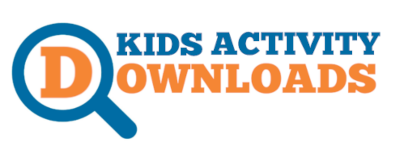The cost of solar and wind energy continues to drop is an encouraging declaration for further investments by the governments, commercial real-estate companies and private citizens.
Hybrid Wind and Solar Electric Systems
In much of the United States, wind speeds are low in the summer when the sun shines brightest and longest. The wind is strong in the winter when less sunlight is available. Because the peak operating times for wind and solar systems occur at different times of the day and year, hybrid systems are more likely to produce power when you need it.
Many hybrid systems are stand-alone systems, which operate "off-grid" -- not connected to an electricity distribution system. For the times when neither the wind nor the solar systems are producing, most hybrid systems provide power through batteries and/or an engine generator powered by conventional fuels, such as diesel. If the batteries run low, the engine generator can provide power and recharge the batteries.
Home Energy Audits
To improve the overall energy efficiency of your home, see home energy audits.
A home energy audit, also known as a home energy assessment, can help you understand the whole picture of your home's energy use. An audit can help you determine how much energy your home uses, where your home is losing energy, and which problem areas and fixes you should prioritize to make your home more efficient and comfortable. A home energy audit should be your first step before making energy-saving home improvements, as well as before adding a renewable energy system to your home.
Energy Saver 101 infographic breaks down a home energy audit, explaining what energy auditors look for and the special tools they use to determine where a home is wasting energy.











